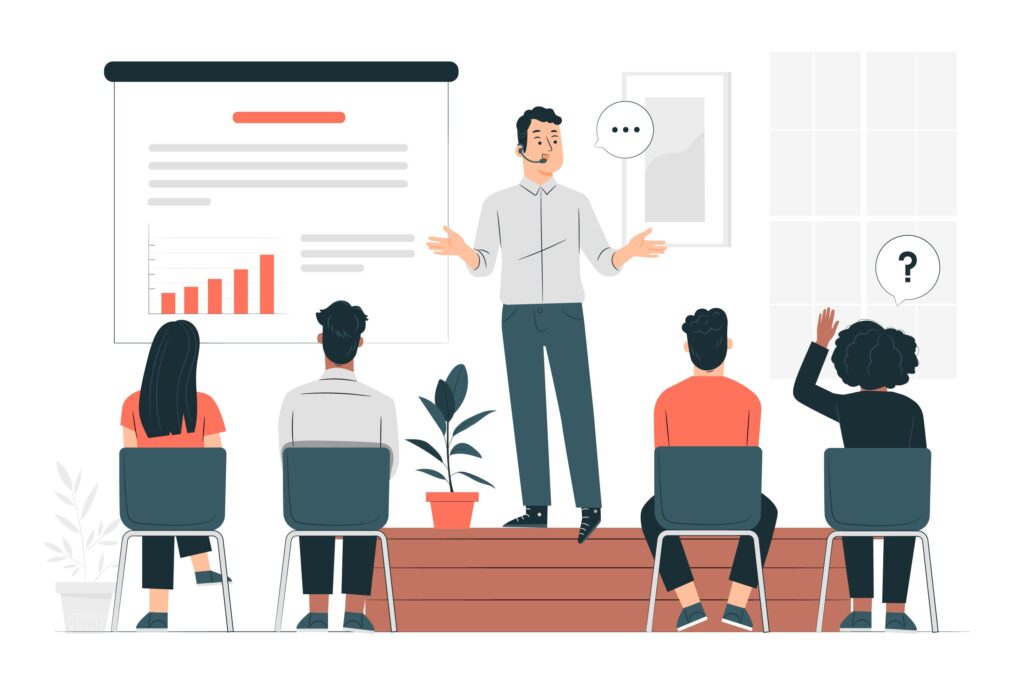In a world where education often leans on rigid assessments and standardized curricula, the need to humanize learning is more urgent than ever. At the recent Harvard Graduate School of Education (HGSE) Convocation, educators were reminded of a powerful truth: learning is, at its core, magical. Rooted in connection, curiosity, and creativity, meaningful education goes beyond textbooks and test scores. It nurtures the whole child.
This blog explores how educators can embrace this vision — sparked by Harvard’s latest initiatives — to bring magic back into classrooms and support learners from all walks of life.
The “Magic” of Learning: More Than Just a Metaphor
HGSE’s 2025 Convocation keynote speaker, Dr. Monica C. Higgins, challenged graduates to reflect on the essence of their work. She urged them not to simply implement pedagogical tools, but to remember that their job is to spark transformation. This “magic” is not a whimsical ideal but a call to action — a reminder that education is a profoundly human enterprise.
“Magic,” said Higgins, “is what happens when knowledge becomes wonder, when curiosity becomes transformation.”
Centering Joy and Purpose in the Classroom
Too often, joy is seen as an add-on rather than a core component of effective teaching. Yet HGSE Dean Bridget Terry Long emphasized that joy and purpose are fundamental to long-term student engagement and growth.
Here’s how educators can operationalize joy in real-world classrooms:
- Integrate student interests: Allow learners to co-create projects or pursue personal inquiry topics.
- Celebrate small wins: Acknowledge effort, not just achievement, to foster intrinsic motivation.
- Use storytelling and play: These natural tools help anchor learning in emotion and memory.
By rooting instruction in joy, educators don’t just teach content — they cultivate curiosity.
Equity Is Key to Sharing the Magic
Creating magical learning experiences also means ensuring all students — especially those from marginalized backgrounds — can access them. Speakers at HGSE’s event highlighted the persistent equity gaps in education, particularly along racial, economic, and linguistic lines.
Actionable strategies for equity-focused teaching:
- Culturally responsive pedagogy: Incorporate diverse voices and experiences into the curriculum.
- Asset-based language: Focus on what students bring to the table, not what they lack.
- Inclusive classroom norms: Promote collaborative learning, respect, and multiple ways of demonstrating knowledge.
By designing classrooms where every student feels seen and valued, educators can democratize access to transformative learning.
The Role of Relationships in Transformational Learning
Dr. Higgins pointed out that behind every learning breakthrough is a strong human connection — a teacher, mentor, or peer who sees a student’s potential and nurtures it. The quality of these relationships often determines whether students feel empowered or alienated.
Educators can foster these bonds through:
- Active listening and empathy: Show students they matter beyond their academic performance.
- Consistent mentorship: Long-term support builds trust and resilience.
- Peer collaboration: Encouraging group work helps build community and confidence.
These relationships aren’t secondary; they’re foundational. When students trust their learning environment, they are far more likely to take intellectual risks.
Educators as Change Agents
One of the Convocation’s most powerful themes was that educators are not just implementers — they are architects of change. Whether working in schools, policy, nonprofits, or edtech, graduates were encouraged to approach their careers with boldness.
To drive change, educators must:
- Stay curious: Keep learning and refining their craft.
- Advocate for systemic reform: Push for policies that prioritize student well-being and equity.
- Collaborate across disciplines: Innovation thrives where education meets psychology, technology, and community engagement.
In short, to share the magic of learning, teachers must first believe in their own power to create it.
Case Study: Harvard’s Influence on Global Education
HGSE’s influence extends far beyond Cambridge. Alumni are implementing transformative practices worldwide — from building trauma-informed schools in the U.S. to launching literacy programs in rural Africa.
One standout example is the Reach Every Reader initiative, a collaboration between Harvard and MIT. The program combines neuroscience, technology, and teacher training to tackle early childhood literacy gaps — especially among underserved populations. This reflects Harvard’s commitment to equitable, research-based innovation.
A Call to Educators: Protect the Magic
Dean Long closed the ceremony with a message that resonates far beyond the Harvard campus: “Protect the magic.”
This is not a passive task. It requires vigilance, courage, and imagination. It means speaking up when learning becomes mechanical or punitive. It means nurturing not just students’ minds, but their hopes and dreams.
For those entering or continuing careers in education, the goal is clear: don’t just teach — transform.
Final Thoughts: The Future of Learning Starts with Us
Education, at its best, is not about memorization or compliance. It’s about awakening minds, sparking possibilities, and building futures. The 2025 HGSE Convocation reminds us that the most effective teachers don’t just follow the rules — they light the way.
By grounding learning in joy, equity, connection, and purpose, we can ensure that the magic of education isn’t just preserved — it’s shared, multiplied, and passed on.
Also Read:
Internal Resources
- Why Emotional Safety Matters in Education
- Top Strategies for Inclusive Classrooms
- Creating Purpose-Driven Lesson Plans



